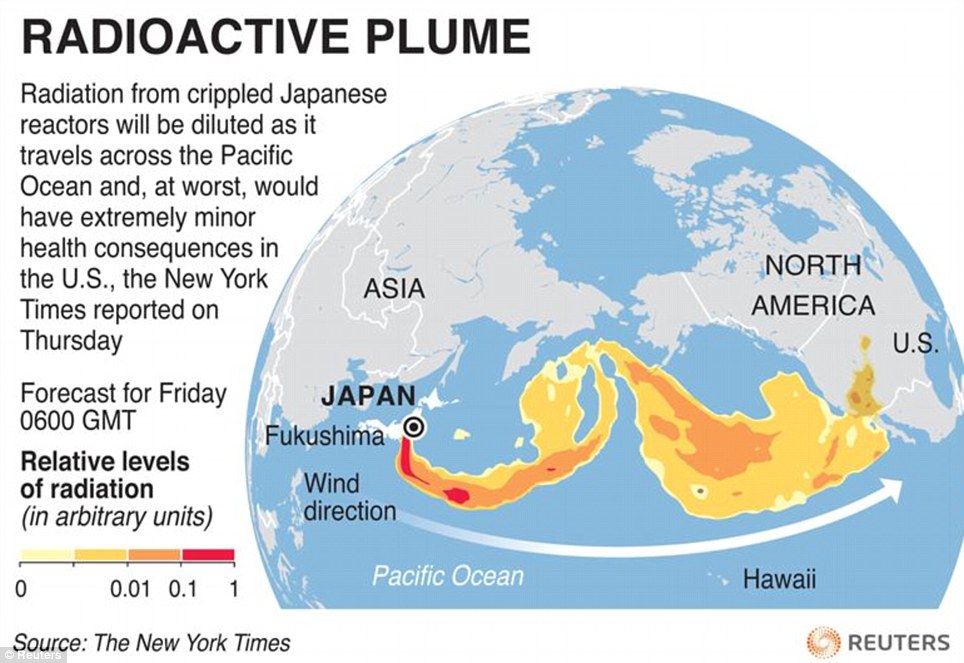Krynn72
The Freeman
- Joined
- May 16, 2004
- Messages
- 26,093
- Reaction score
- 926
Ugh, friend linked me to Alex Jones ranting about this, he had a so-called "expert" on the show that decided to use the culturally quite offensive term "kamikaze-mission" to refer to the work the employees are doing at the plant.
I'm offended more by the poor phrasing of it. Kamakazi Mission? Thats like saying "shooting mission" or "punching mission." Kamakazi is an attack type, not an objective. I won't get upset over his troll attempt though.



